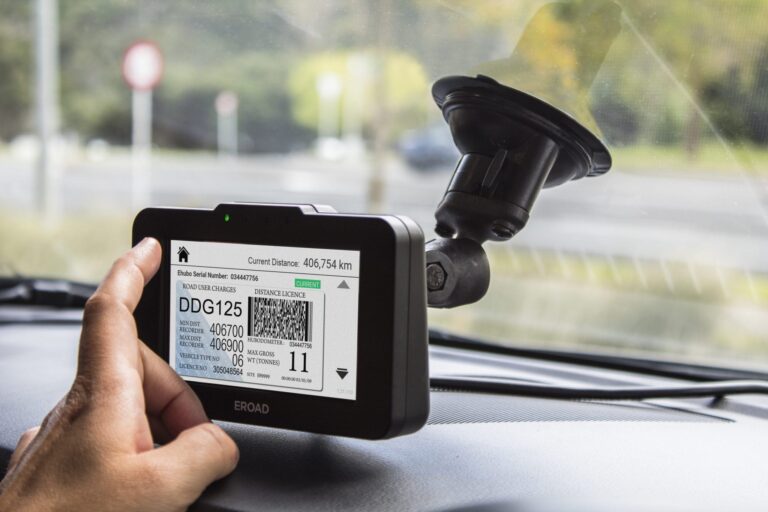Last year, New Zealand reached a milestone with over 50 per cent of all road user charges from heavy vehicles being collected electronically.
“This is significant,” explains Nina Elter, vice president, global market development at EROAD “because it is not mandatory to use an electronic system provider, which means that the transport operator opted to use an electronic solution because of the benefits provided.”
New Zealand first introduced its road user charging system in 1977 and charged road users in relation to their impact on the road network. Vehicles that are diesel powered and all vehicles, including trailers, exceeding a gross laden weight of 3.5 tonnes are subject to the be charged. Various advancements in technology over the years allowed the system to be updated, simplified and modernised on various occasions since it was first implemented.
Then in 2017, the road user charging system underwent a significant change with the introduction of an Electronic Distance Recorder. “This change has been driven by EROAD, a private sector technology provider, who introduced the first autonomous GPS/cellular electronic road user charging system for heavy and light vehicles in 2010,” says Elter.
EROAD strives to modernise paper-based road tax systems by developing technology-based solutions that support transport operators in meeting ever-increasing regulatory requirements. EROAD provide systems that are easy to use, “while at the same time lowering the costs of compliance and reducing the administrative burden for transport agencies,” adds Elter.
The system operates by charging monthly service fees to the transport operator, therefore the government does not incur any costs. “It proves that a certification model, whereby the government agency employs technical and performance standards to approve private sector technology solutions eliminates the requirements for the public sector to bear technology risk, or meet capital and operating costs,” Elter explains.
This charging system concept has therefore been adopted and studied in other states and countries. For example, Oregon in the US now employ such a system.





